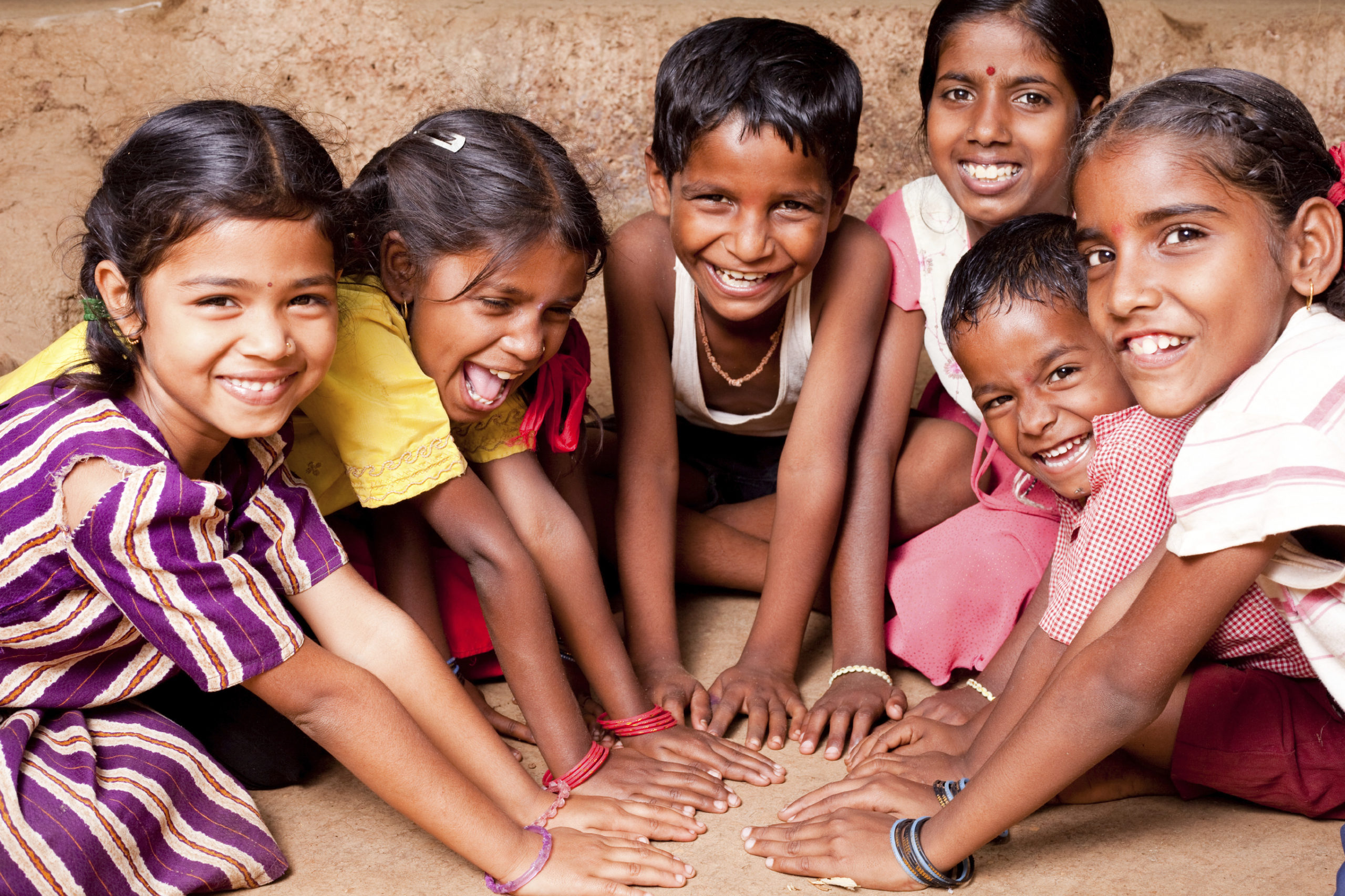As of 2018, over 34 million girls of primary school age were out of school around the world. When you include secondary school, it’s over 130 million girls. That’s a big problem, because education is one of the best tools we have to bring about equality and an end to extreme poverty.
A sense of excitement hangs in the air during back to school season in the United States. But for millions of children around the world, education is not a given (or even an option). That’s especially true if you’re a girl: According to UNESCO, in 2018 there were 64 million out-of-school children of primary school age (about 6 to 11 years). 34 million of those children were girls. An estimated 130 million girls in total were out of both primary and secondary school.
Gender discrimination is one of the many barriers to education around the world. That’s a situation we need to change. Below are 4 reasons why girls’ education can change the world. But first, here are a few more facts:
Girls’ Education Facts and Figures
(All facts via UNESCO)
- Countries with the highest number of girls out of school: South Sudan, Liberia, Eritrea, Djibouti, Sudan, and Equatorial Guinea
- In many countries, more than half of girls drop out before reaching the 6th grade
- In countries with low primary and secondary completion rates, the relative disadvantage of girls worsens with poverty
- Parents tend to read more often to girls. This factor is associated with girls outperforming boys in reading in primary school assessments.
- Harmful social norms can prevent change from happening in female education. Over 25% of people surveyed by UNESCO believe that “a university education is more important for a boy.”
- Four countries in sub-Saharan Africa prohibit girls from going back to school after pregnancy
- One of the main barriers to a girl’s education is a lack of sanitation facilities for menstrual hygiene management. Only half of schools in 2016 had access to hand-washing facilities with soap and water.
1. Girls’ education tends to delay marriage and lead to smaller families
According to UNFPA, one in every 3 girls in developing countries is married before the age of 18. But when a girl in the developing world receives 7 years of education, she marries 4 years later and has 2.2 fewer children.
Researchers from the World Bank and the International Center for Research on Women examined 15 countries in sub-Saharan Africa (one of the regions of the world that is least conducive to education for girls). They found a strong relationship between education and child marriage. Each additional year of secondary education reduced the chances of child marriage — defined as being married before the age of 18.
The study also showed that educated women tend to have fewer children and have them later in life. This generally leads to better outcomes for both the mother and her kids, with safer pregnancies and healthier newborns.
2. Education can improve a girl’s health — and her children’s health, too
USAID found that girls with a basic education are generally more aware of safe sex. With a comprehensive sexual health curriculum, they are 3 times less likely to contract HIV/AIDS.
UNESCO defines this curriculum as “learning about the cognitive, emotional, physical and social aspects of sexuality, going beyond the narrower approaches that were more common in the past.” This type of program can improve reproductive health-related outcomes, such as preventing STIs and decreasing adolescent pregnancy rates. It also expands education opportunities, reinforces gender equality, and can reduce some of the causes of gender-based violence. Education also helps students develop skills like critical thinking, decision-making, and responsibility.
Educated girls are also more likely to seek healthcare for themselves and their families. This is, in part, why the children of educated mothers are twice as likely to survive past the age of 5.
3. Girls’ education means greater earning potential
Educated women are more likely to work and even own their own businesses. They generally earn higher incomes throughout their lives. According to UNESCO, a single year of primary education can increase a girl’s wages later in life by up to 20%. An extra year of secondary school can increase their wages by up to 25%.
What’s more, women invest up to 90% of their income back into their family, compared to the average 30–40% that men invest back into their households. The UN has found that increasing the share of household income controlled by women changes spending in ways that benefit children.
All of this can help break the cycle of poverty.
When women have the education and capacity to work, they can end a
vicious cycle that prevents them from earning and saving the money they
need to achieve a brighter future.
4. Girls’ education makes the whole country wealthier
It’s not just a girl or woman’s immediate family that benefits from her quality education. Studies have shown that, when 10% more girls in a given country attend school, that country’s gross domestic product increases by an average of 3% — which can make a huge difference in a developing economy.
Beyond the immediate effects on a country’s GDP, promoting girls’ education can lead to women becoming more active participants in their communities, having a greater say in important decisions, and finding sustainable solutions to other causes of global poverty.
